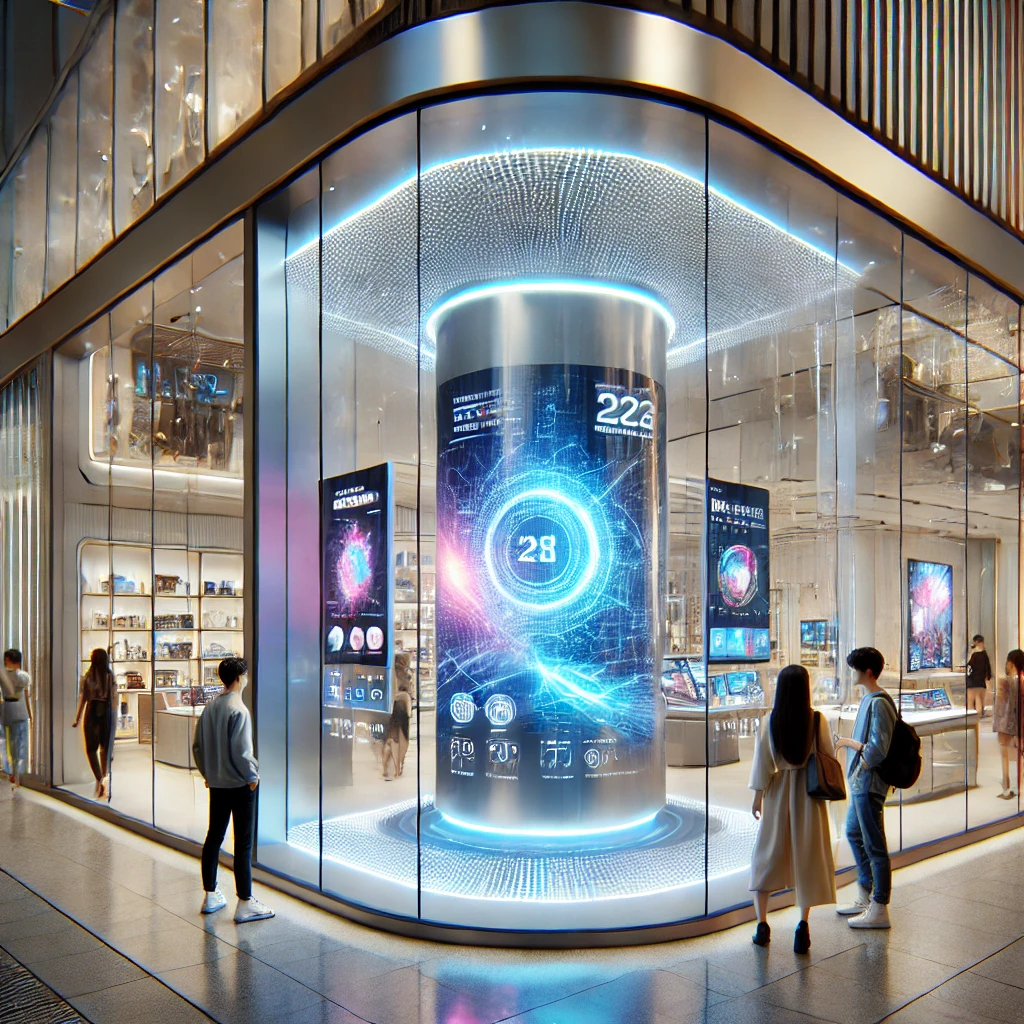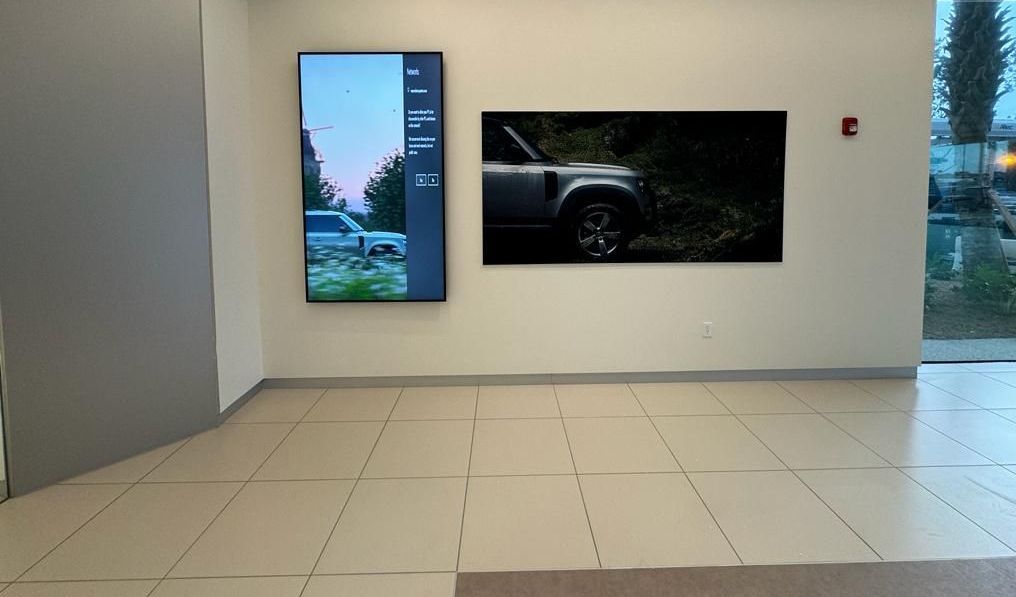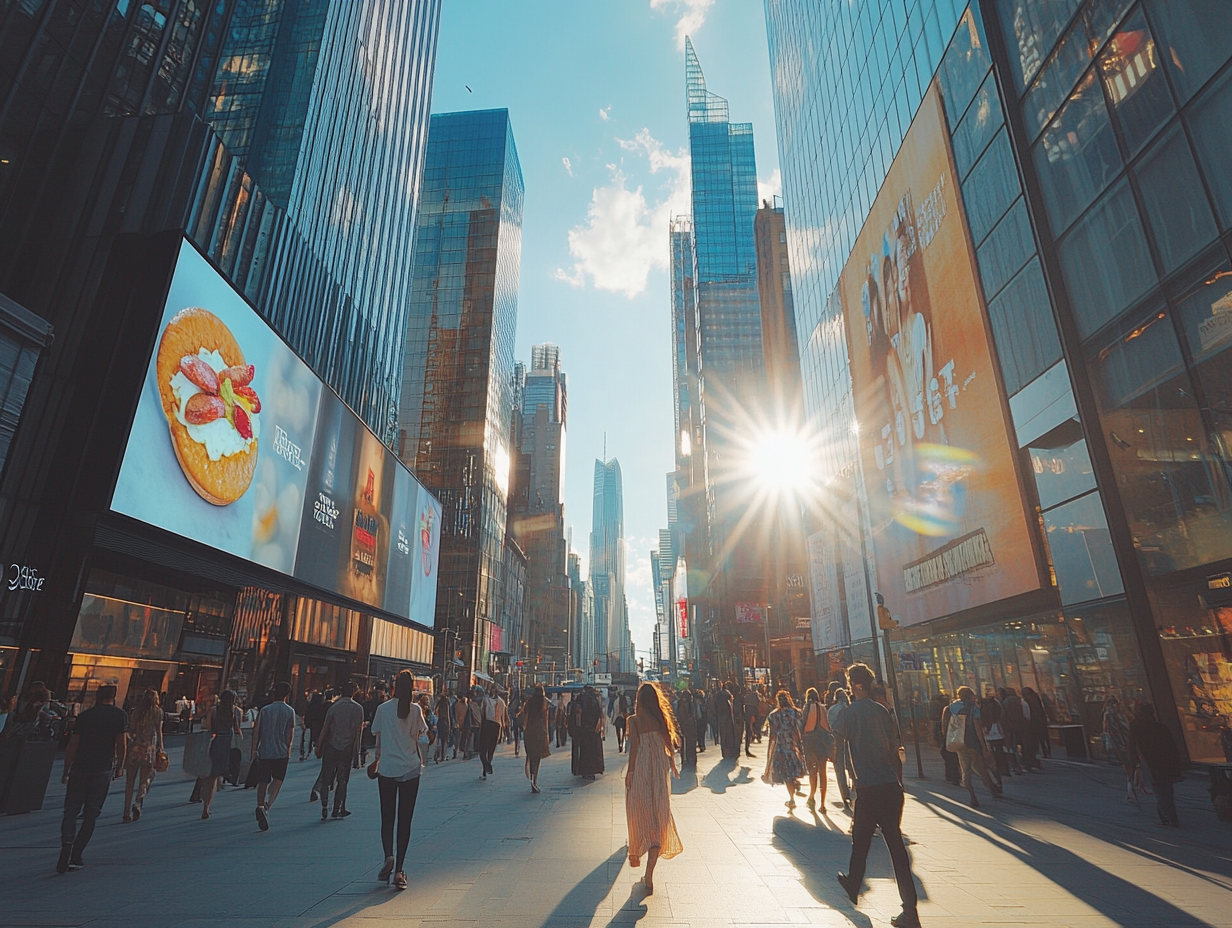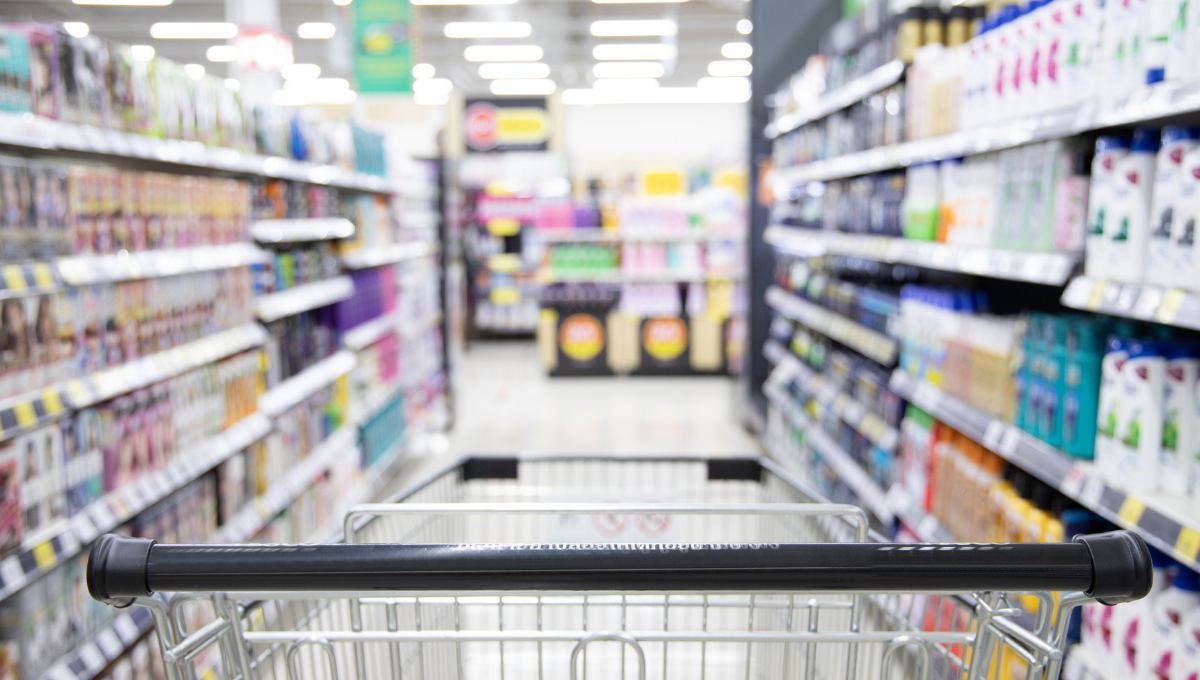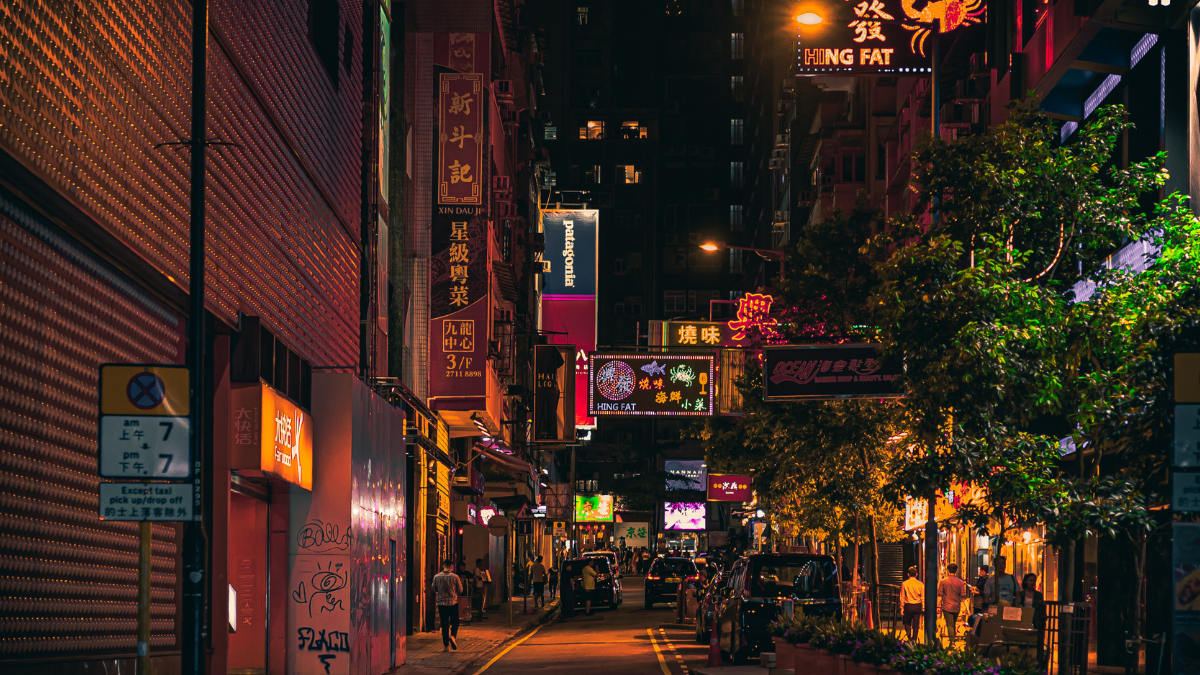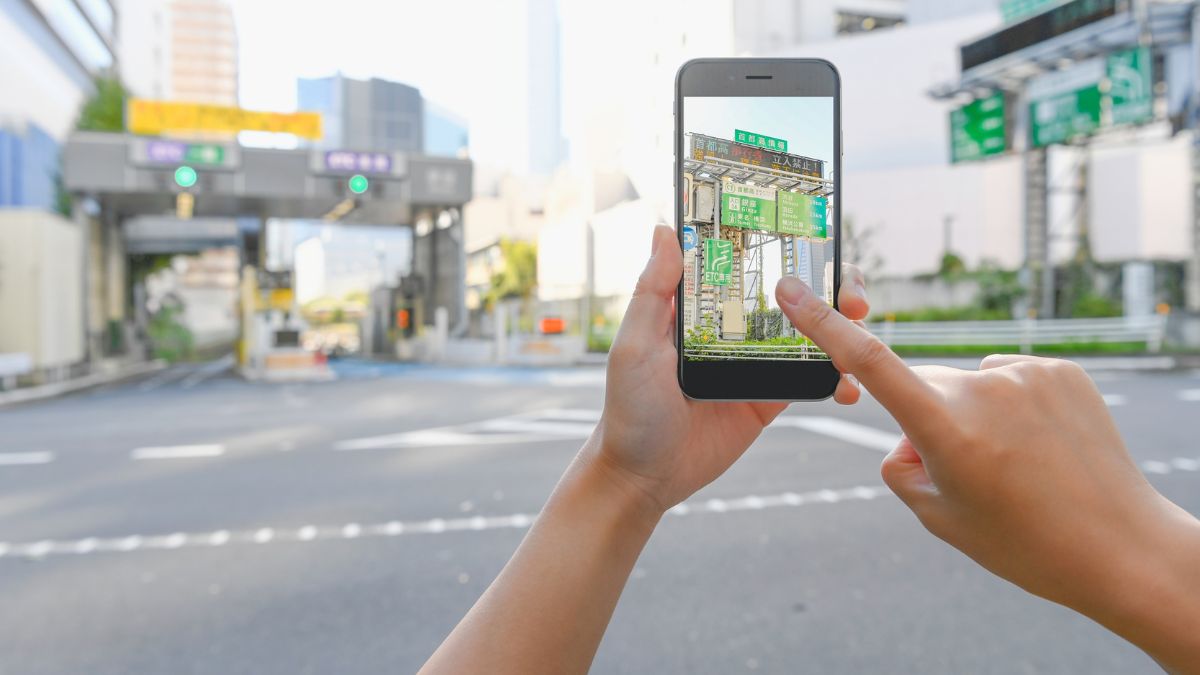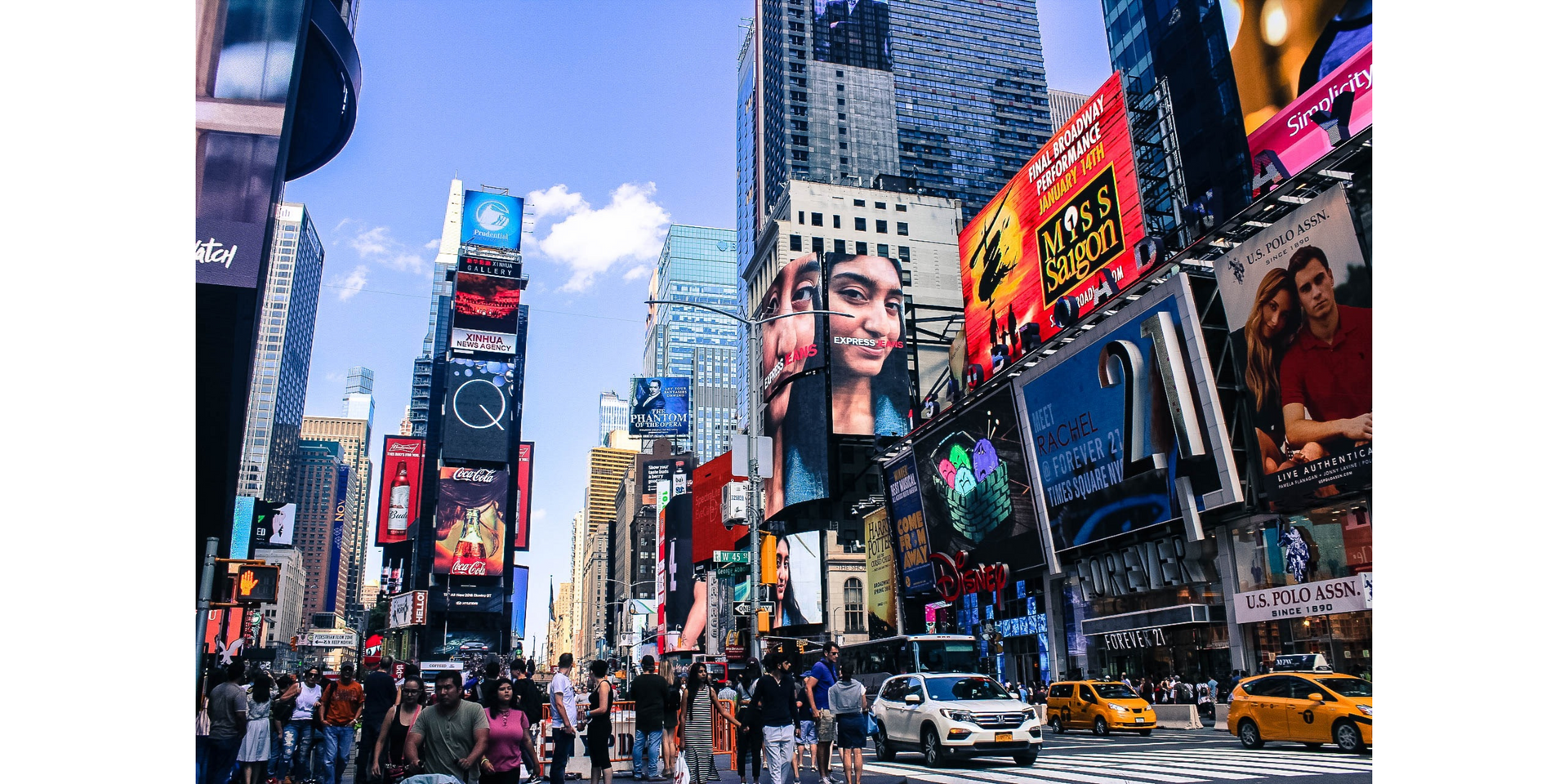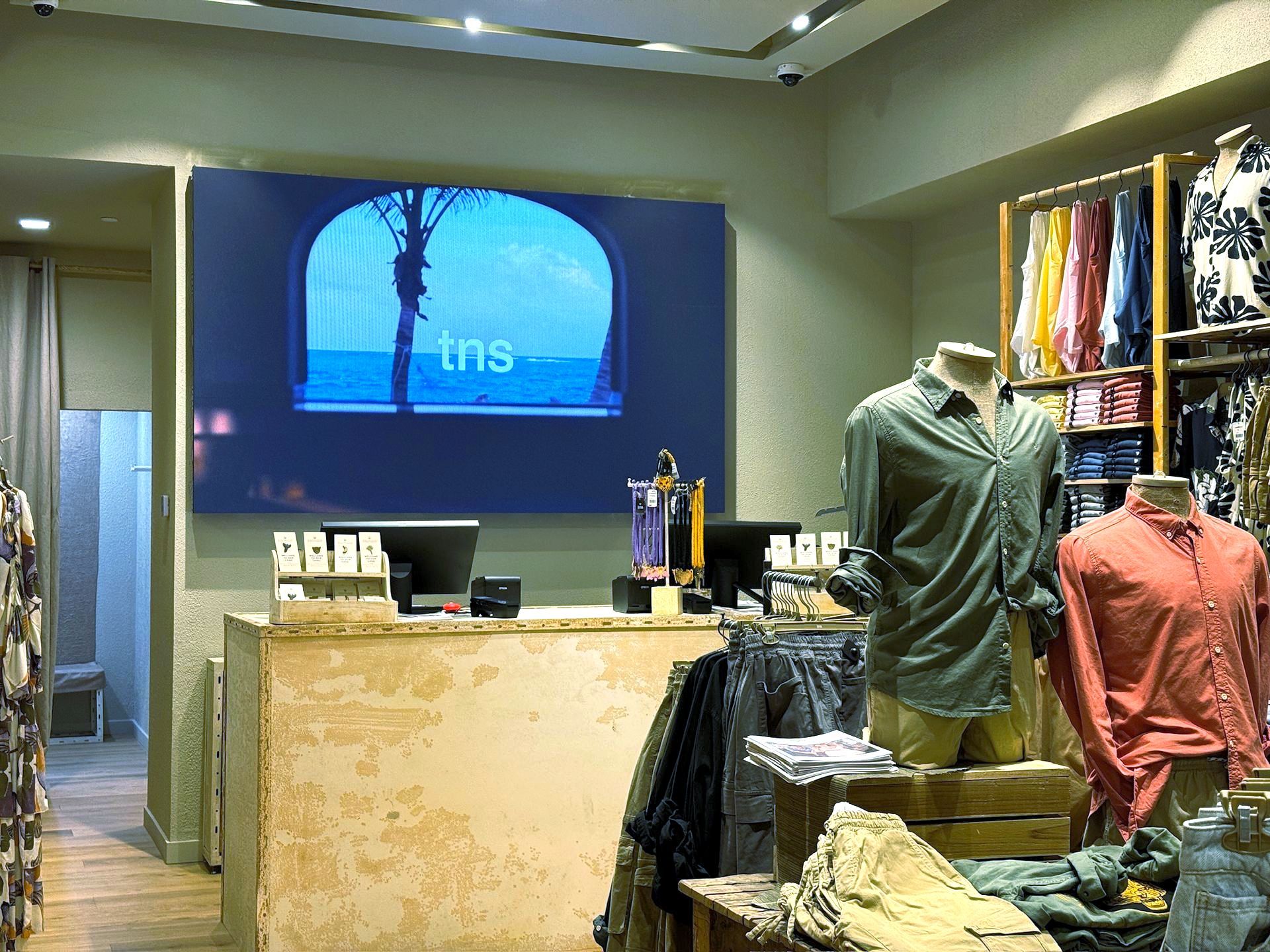Integrating Digital Menu Boards with POS Systems for Seamless Operations
A New Way to Manage Menus
Restaurants and cafes need to keep menus updated. Prices change. New items are added. Some meals sell out. Customers need the right information.
Traditional menus take time to update. Printed menus must be replaced. Paper menus wear out. Customers may see old prices. Staff must explain changes.
Digital menu boards solve this problem. These screens display menus. Prices and items are updated in real time. Mistakes are avoided. Customers see the right information.
What Are Digital Menu Boards?
Digital menu boards are screens that show menus. They replace paper menus. They can be updated quickly. Bright displays make them easy to read.
These menus can show pictures, videos, and special offers. Customers see promotions clearly. Orders are made faster.
A point-of-sale (POS) system connects with digital menus. Prices match. Availability updates instantly. The system runs smoothly.
Why Digital Menu Boards Are Important
Restaurants are busy places. Staff members handle many tasks. Customers want fast service.
Updating menus manually takes time. Errors happen. A new system is needed. Digital menu boards work with POS systems to fix this.
Changes are made in seconds. Prices stay correct. Customers see the latest updates. The kitchen and front desk stay connected.
Advantages of Synchronizing Digital Menus with POS Systems
1. Menus Update in Real Time
Restaurants run out of items. Some ingredients are not always available. Customers should not order meals that cannot be made.
With digital menu boards, updates happen instantly. If an item is sold out, it disappears from the screen. No manual changes are needed.
2. Prices Stay Accurate
Sometimes prices change. Printing new menus takes time. Old prices confuse customers.
With digital menu boards, price updates are automatic. Customers see the right price. The checkout price matches the menu.
3. Orders Are Processed Faster
Customers decide what to eat. They order. The kitchen prepares the food. Everything must be fast.
POS systems and digital menu boards work together. Orders go directly to the kitchen. Staff focuses on serving food. Mistakes are reduced.
4. Promotions Are Easier to Manage
Restaurants offer special deals. Discounts attract customers. Limited-time offers boost sales.
With digital boards, promotions start and stop automatically. Customers see deals in real time. The system updates without delay.
5. Less Work for Staff
Employees have many tasks. Changing menus should not be one of them.
Printed menus must be checked. Prices must be updated. Specials must be written by hand. This takes time.
With digital menu boards, the system does the work. Employees focus on customer service. The team works better.
6. A Better Experience for Customers
Customers want a smooth experience. They do not want confusion. They want to see menu items clearly.
Digital menu boards are bright. They are easy to read. They show fresh images of food. Customers enjoy the process.
7. Reduced Waste and Cost
Printing menus costs money. Paper menus must be replaced. Old menus are thrown away.
Digital boards reduce waste. No paper is needed. The environment benefits. Costs go down.
Best Practices for Using Digital Menu Boards
Here are some of the practices you can try:
1. Use Clear and Simple Designs
Menus should be easy to read. Large fonts help. Bright colors highlight deals. Too much text confuses customers.
Important information should stand out. Prices should be clear. Special items should be easy to find.
2. Update Menus Regularly
Customers like new options. Seasonal items should be added. Special offers should be updated.
Old items should be removed. If an item is not available, it should disappear. The menu should always be fresh.
3. Place Screens in the Right Spots
Screens should be visible. Customers should see them before ordering.
Fast-food restaurants should place screens above the counter. Cafes should have them near the entrance. The placement should feel natural.
4. Connect with the POS System
The POS system and digital menu boards must stay linked. Prices should match. Orders should sync.
A strong internet connection is needed. The system should not lag. Everything should work smoothly.
5. Test Before Displaying
Mistakes can happen. A price may be wrong. An item may be missing. Checking is important.
Menus should be tested before they go live. Employees should confirm everything is correct. Customers should not see errors.
6. Use High-Quality Images
Food should look good. Pictures should be clear. Blurry images should not be used.
Appetizing photos attract customers. Bright lighting makes food look fresh. A well-designed menu increases sales.
7. Keep Content Engaging
Customers should enjoy looking at the menu. Videos and animations can be added. Fun facts and promotions make the experience better.
The menu should not feel boring. It should catch attention.
How Digital Menu Boards Improve Restaurant Sales
Restaurants want to sell more food. Digital menu boards help.
Special offers are shown. Customers see deals easily. Impulse purchases increase.
Wait times feel shorter. Moving images keep people engaged. Customers stay happy.
Errors are reduced. Orders are processed correctly. Food is served faster.
The Future of Digital Menu Boards
Technology is improving. Digital menus will become even smarter.
AI may suggest menu items. Voice commands may be added. Customers may place orders directly from screens.
More restaurants will switch to digital. The benefits are clear. The process is smoother. The customer experience is better.
Digital menu boards are the future of restaurants. They keep menus updated. They reduce mistakes. They make ordering easier.
When connected to POS systems, they work even better. Prices stay correct. Promotions run smoothly. Employees work more efficiently.
More restaurants are making the switch. Customers prefer digital screens. The experience is faster and better.
Switching to digital menus is a smart choice. The restaurant benefits. The customers enjoy it. The business grows.
